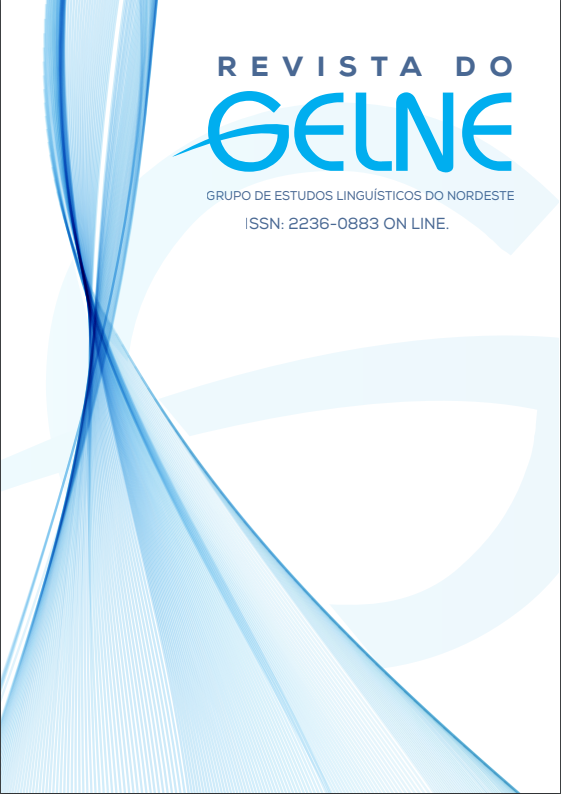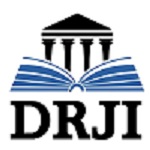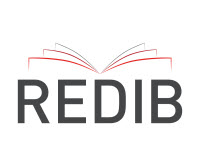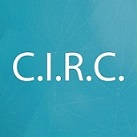LANGUAGES, CULTURES AND LINGUISTIC RIGHTS IN PERU
DOI:
https://doi.org/10.21680/1517-7874.2023v25n3ID32224Abstract
In the context of the plurilingual reality of Peru, there are currently about 47 indigenous languages, which are spoken and written by approximately 4 million Peruvians (CUADROS SANCHEZ, 2016). The Political Constitution of Peru, of 1993, in Title II, Chapter I, Art. 48, made Castilian official and, in compliance with the principle of territoriality, also Quechua, Aymara, and other indigenous languages. In 2011, the Languages Law was enacted in the country, which regulates the use, preservation, development, recovery, promotion and dissemination of the original languages (MAY, 2005). In this bibliographic research work, our purposes were to define how language policies are categorized, focusing on declared, perceived and practiced policies (SPOLSKY, 2004, 2009, 2012), and to present how such policies are being developed in Peru, in the sense of guarantee the linguistic rights of minorities (PELLICER, 1997) in the fields of education, public administrative services and justice (YATACO, 2010). We conclude that the government efforts in the process of diffusion, promotion and appreciation of the original languages, despite being quite significant, still do not allow its speakers to fully enjoy their linguistic rights.
Downloads
Downloads
Published
How to Cite
Issue
Section
License
Copyright (c) 2023 Revista do GELNE

This work is licensed under a Creative Commons Attribution-NonCommercial-ShareAlike 4.0 International License.

Este trabalho foi licenciado com uma Licença Creative Commons - Atribuição - NãoComercial - CompartilhaIgual 3.0 Não Adaptada.

 Português (Brasil)
Português (Brasil) English
English Español (España)
Español (España)









.jpg)




